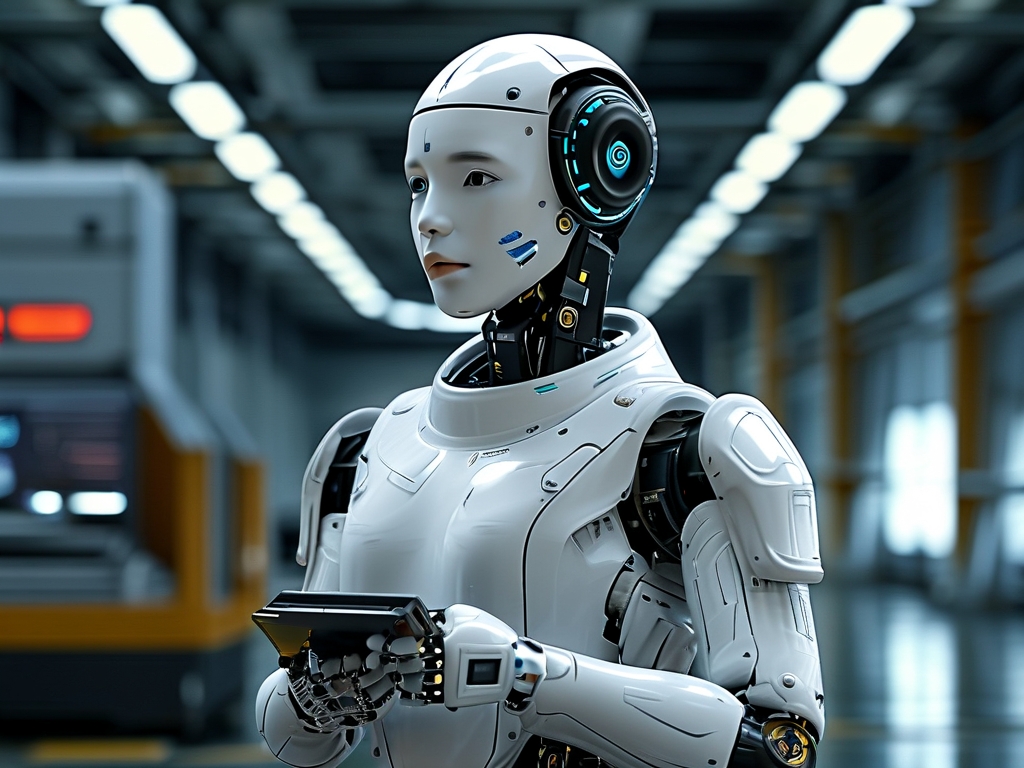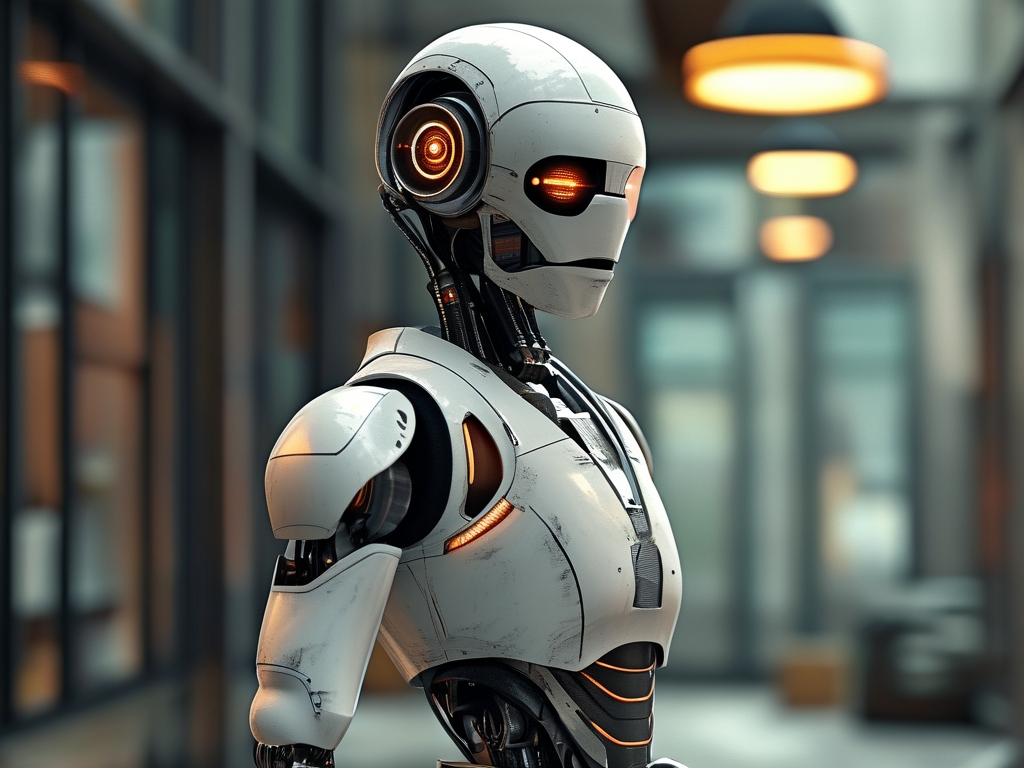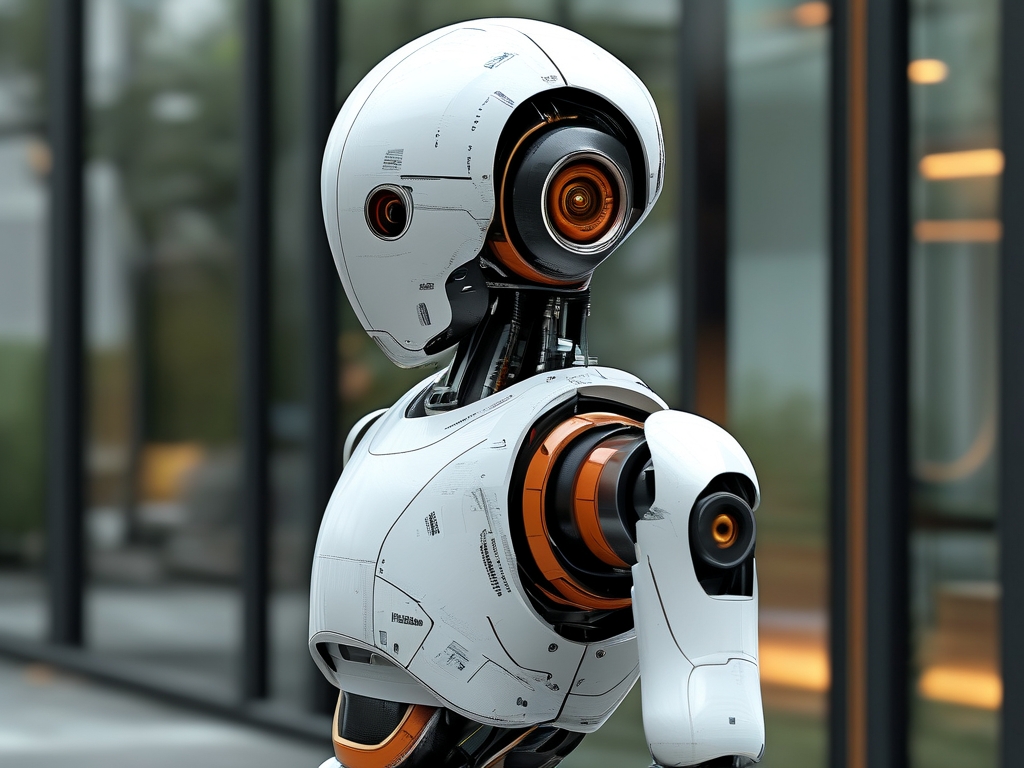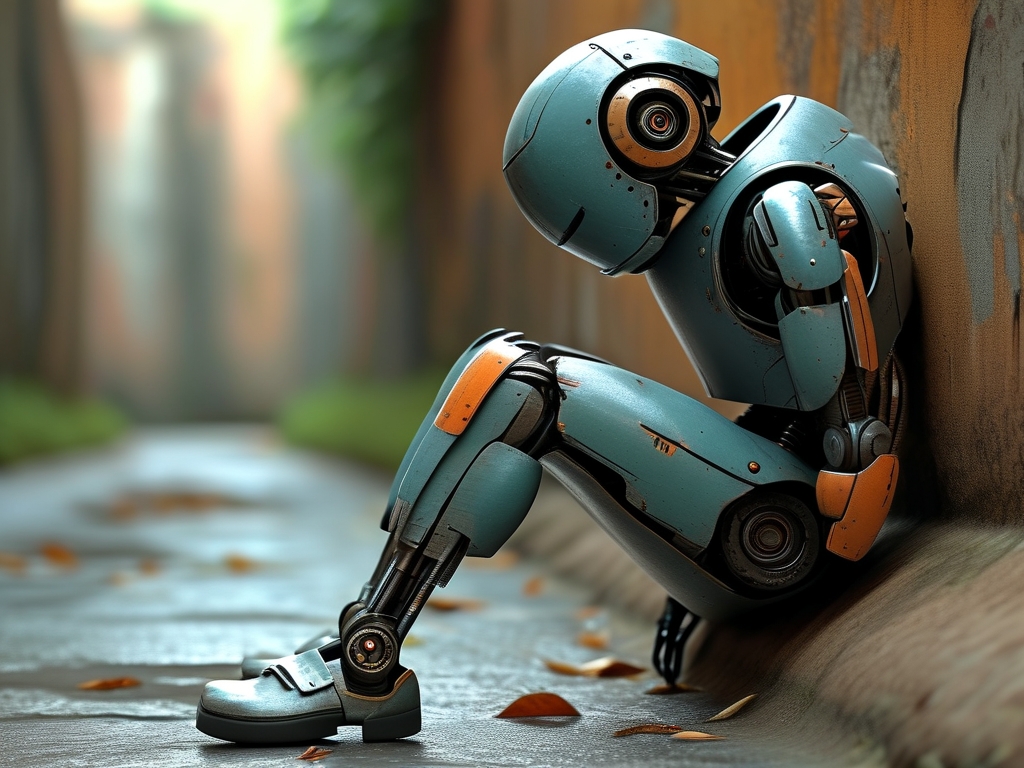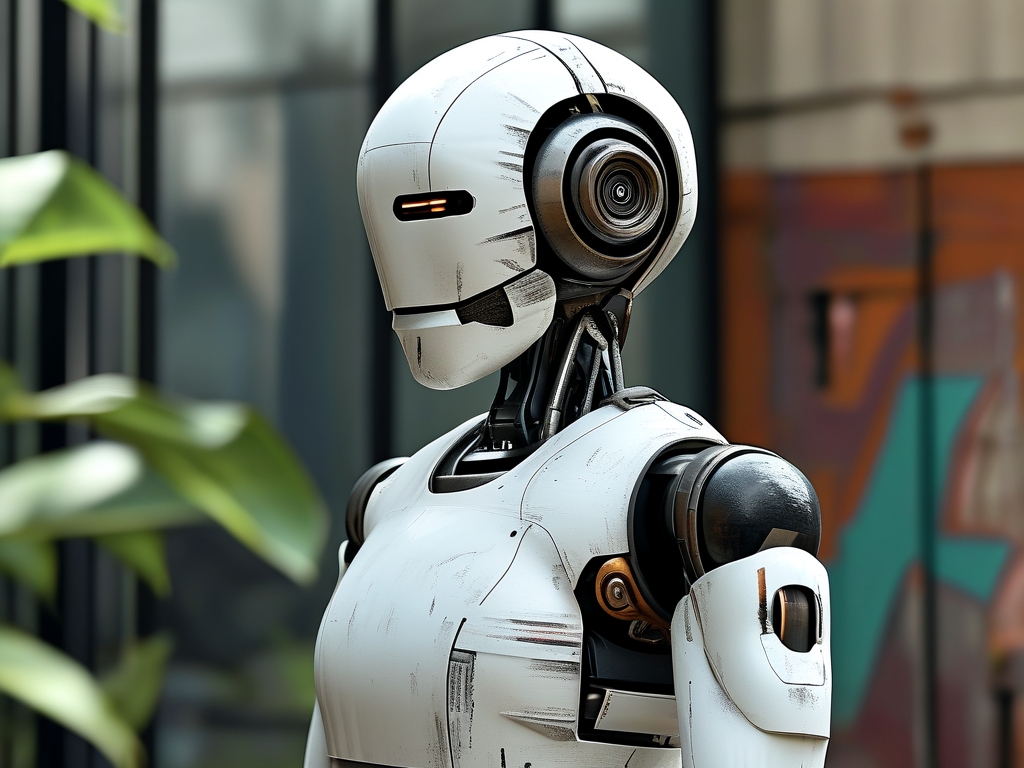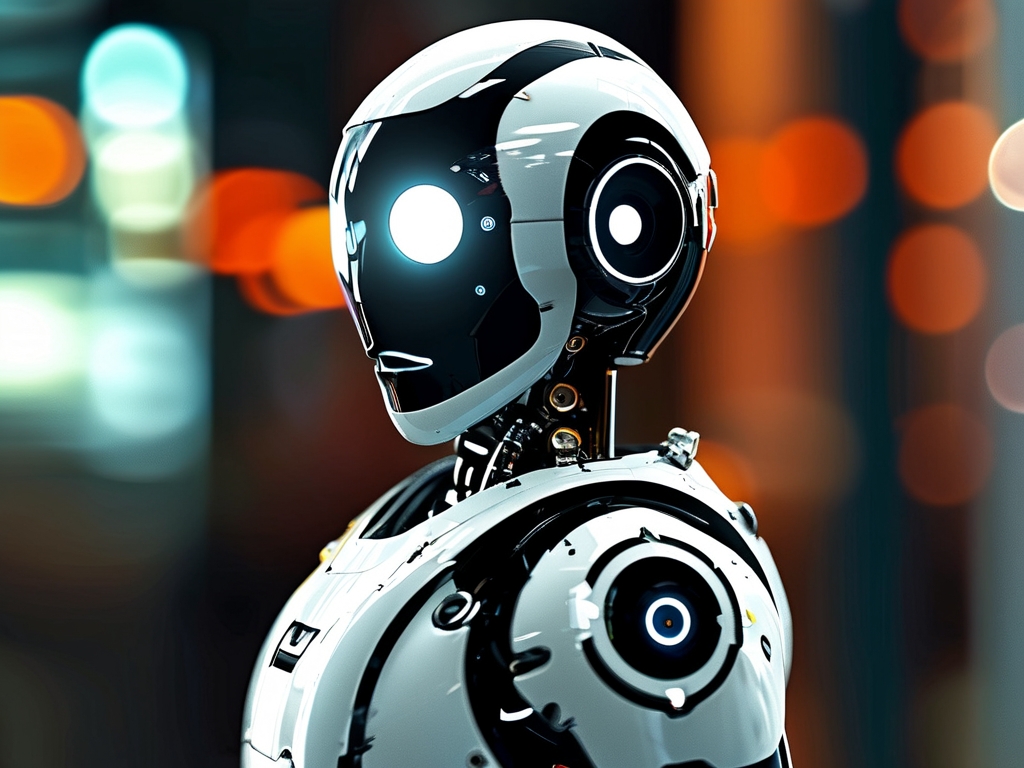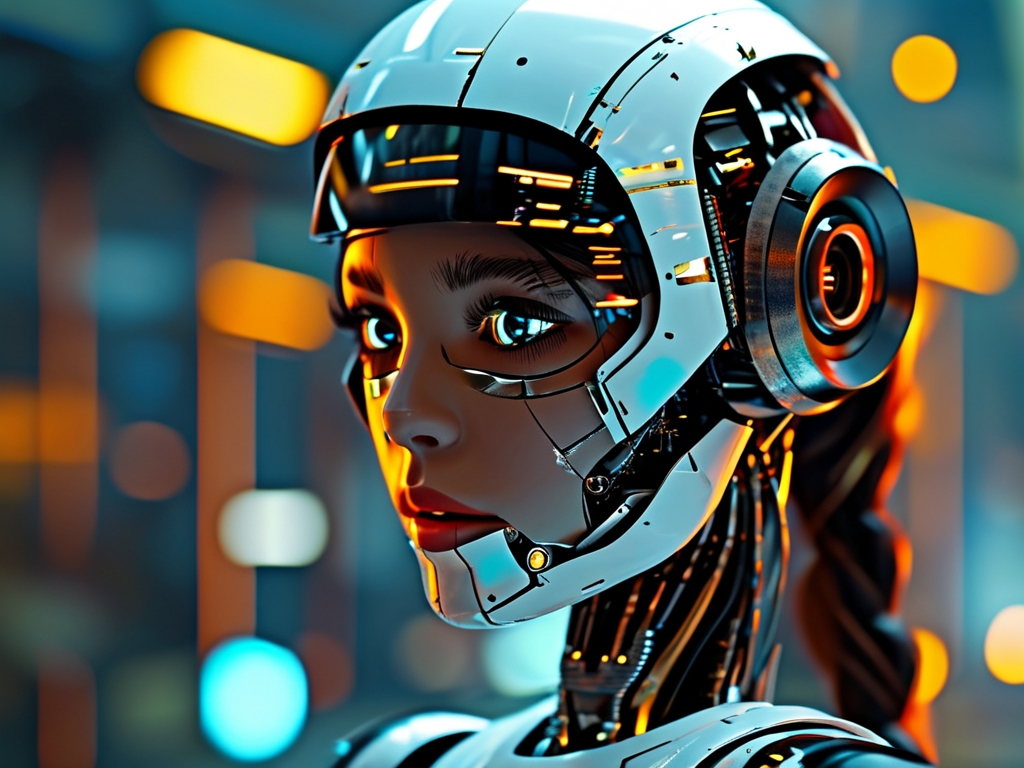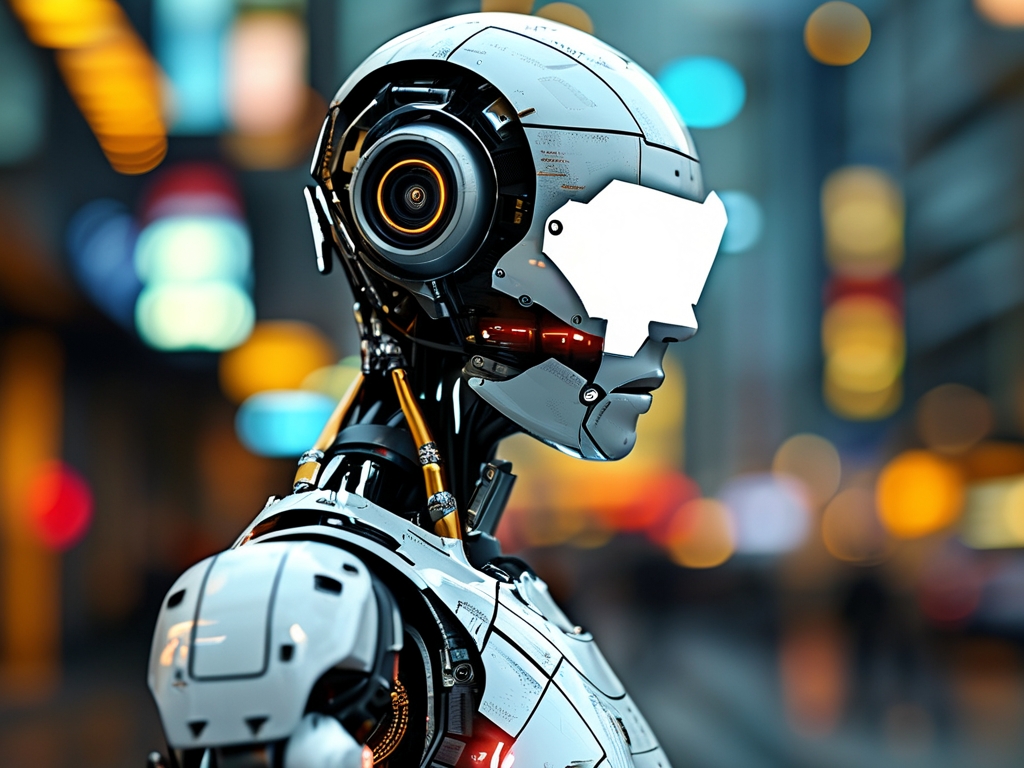The development of humanoid robotics has emerged as one of the most fiercely contested frontiers in modern technology. As nations, corporations, and research institutions vie for dominance, the competition is driving unprecedented innovation in artificial intelligence (AI), biomechanics, and human-machine interaction. This article explores the current state of humanoid robotics, highlights leading contenders, and examines the technological and ethical challenges shaping this transformative field.
The Evolution of Humanoid Robotics
Humanoid robots—machines designed to mimic human form and function—have evolved from rudimentary prototypes to sophisticated systems capable of complex tasks. Early examples, such as Honda’s ASIMO (2000), demonstrated basic mobility and gesture recognition but lacked advanced autonomy. Today, breakthroughs in AI, sensor technology, and material science have enabled robots like Boston Dynamics’ Atlas to perform parkour, handle objects, and adapt to unpredictable environments. These advancements reflect a broader shift toward robots that can collaborate with humans in workplaces, homes, and disaster zones.
Key Technological Battlegrounds
-
AI and Machine Learning:
The “brain” of a humanoid robot relies on AI algorithms for decision-making, natural language processing, and emotional recognition. Companies like Tesla (with its Optimus robot) and OpenAI are integrating large language models (LLMs) to enable fluid human-robot communication. Meanwhile, reinforcement learning allows robots to improve through trial and error, as seen in NVIDIA’s research on robotic grasping. -
Mobility and Biomechanics:
Achieving human-like movement requires breakthroughs in actuators, joints, and balance systems. Boston Dynamics’ hydraulic actuators enable Atlas to jump and flip, while Chinese firm Unitree Robotics uses lightweight motors for agile bipedal robots. Soft robotics, inspired by biological muscles, is another emerging area, with startups like Shadow Robot Company developing flexible grippers for delicate tasks.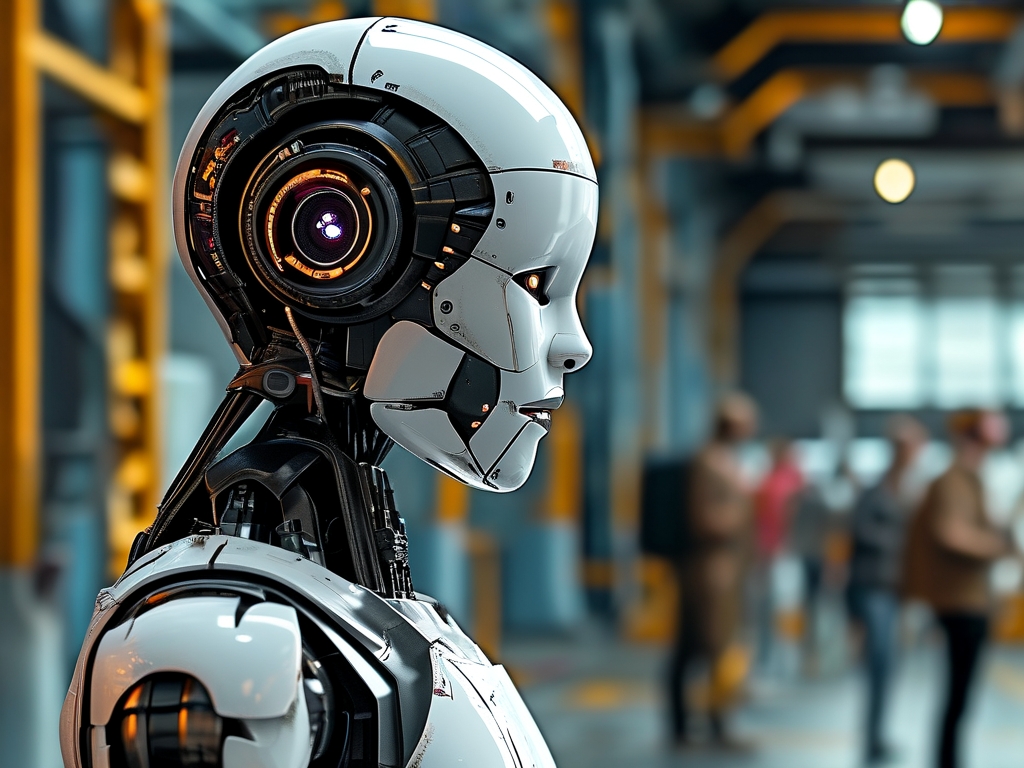
-
Energy Efficiency:
Humanoid robots demand compact, high-capacity power sources. Tesla’s Optimus leverages electric vehicle battery tech, while researchers at MIT explore hydrogen fuel cells for sustained operation. Overcoming energy limitations is critical for deploying robots in remote or high-stakes environments.
Global Players in the Humanoid Robotics Race
-
United States:
Boston Dynamics remains a leader in dynamic mobility, while Tesla’s Optimus aims to revolutionize industrial and consumer markets. Startups like Agility Robotics (creator of Digit) focus on logistics and warehouse automation. -
China:
China’s government has prioritized robotics in its “Made in China 2025” plan. Companies like Ubtech (Walker X) and Fourier Intelligence (GR-1) are advancing healthcare and service robots, backed by state-funded AI initiatives. -
Japan and South Korea:
Japan’s Toyota unveiled the T-HR3, a teleoperated humanoid for caregiving, while Honda continues refining its E2-DR for disaster response. South Korea’s Hyundai, after acquiring Boston Dynamics, is merging automotive expertise with robotics. -
Europe:
The EU’s Horizon Europe program funds projects like the Italian Institute of Technology’s iCub, an open-source platform for cognitive research. German firm Franka Emika focuses on collaborative robots (cobots) for manufacturing.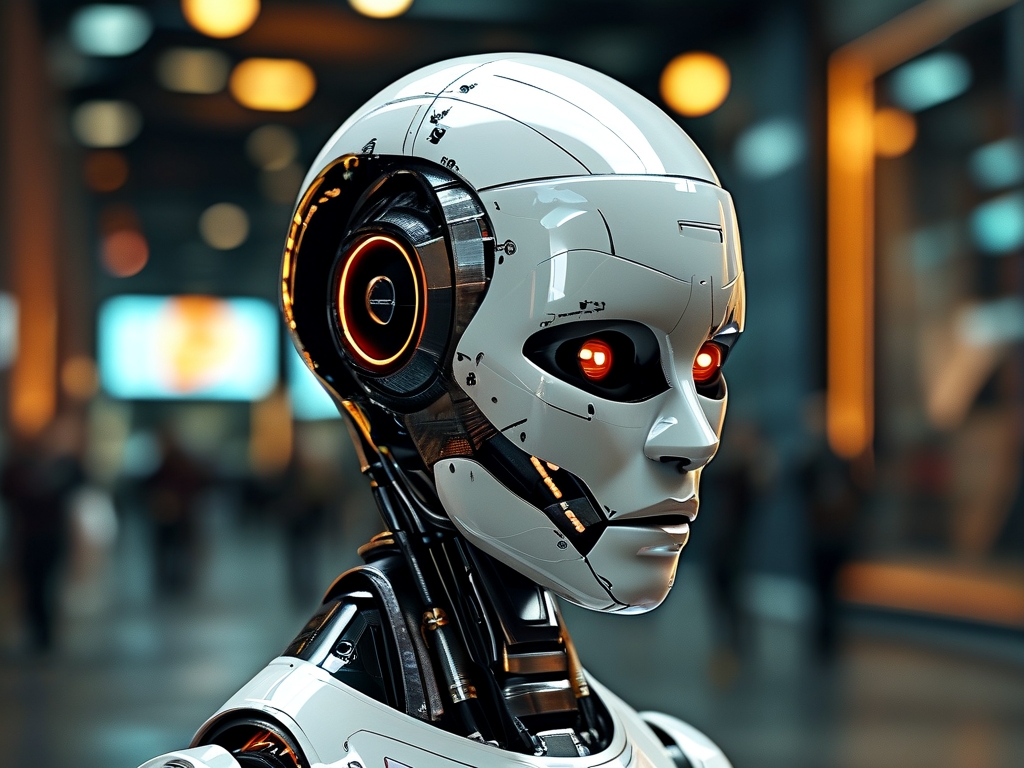
Applications Redefining Industries
Humanoid robots are transitioning from labs to real-world settings:
- Healthcare: Robots like SoftBank’s Pepper assist in patient monitoring, while exoskeletons aid rehabilitation.
- Manufacturing: Companies like BMW deploy humanoids for precision assembly alongside human workers.
- Disaster Response: Honda’s E2-DR and Chernobyl robots demonstrate utility in hazardous environments.
- Consumer Services: From hotel concierges (Henn na Hotel, Japan) to retail assistants, robots are reshaping customer experiences.
Ethical and Technical Challenges
Despite progress, significant hurdles remain:
- Safety and Trust: Ensuring robots operate safely around humans requires fail-safe mechanisms and transparent AI decision-making.
- Job Displacement: Automation fears persist, necessitating policies for workforce reskilling.
- Ethical AI: Bias in training data and robot autonomy raise questions about accountability.
The Future of Humanoid Robotics
The next decade will likely see humanoids integrated into daily life, driven by 5G connectivity, edge computing, and quantum AI advancements. Collaborative efforts—such as OpenAI’s partnerships with robotics firms—will accelerate innovation. However, success hinges on balancing technological ambition with societal readiness.
In , the race to perfect humanoid robotics is not merely a technical competition but a reflection of humanity’s quest to redefine its relationship with machines. As boundaries between biology and technology blur, the winners of this race will shape the future of work, healthcare, and human potential.


